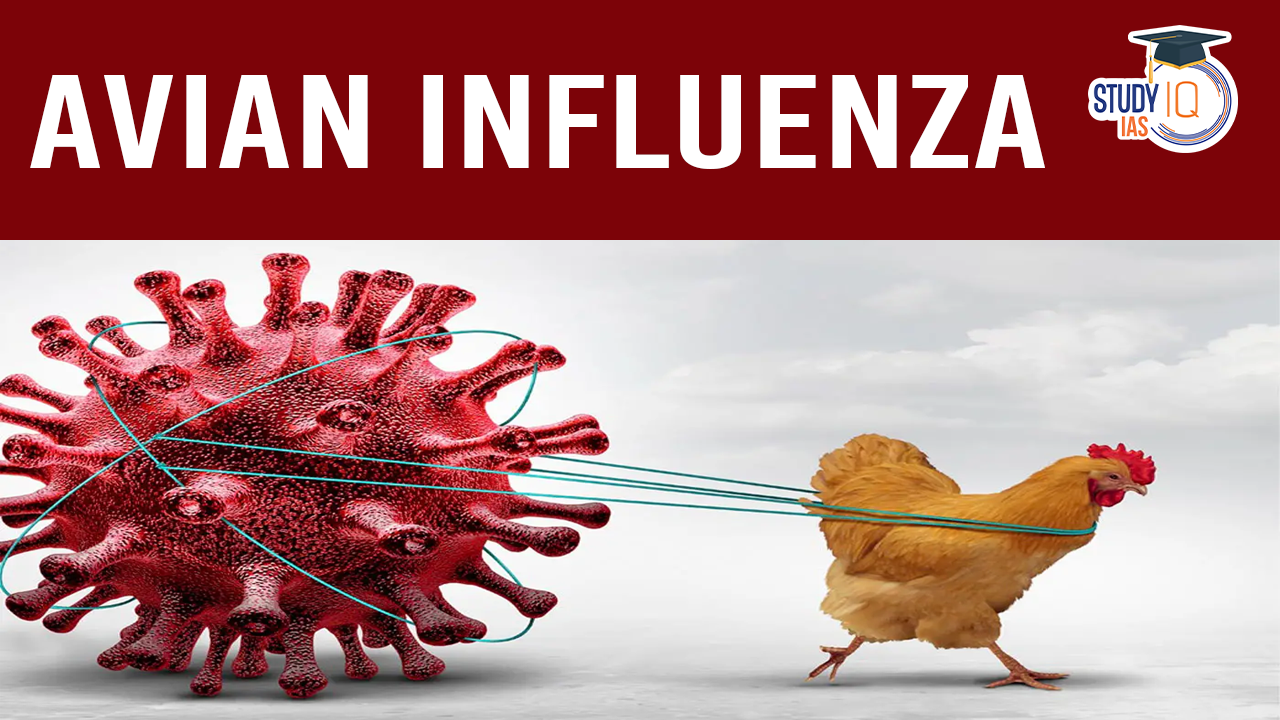Context: Three tigers and one leopard have died due to the H5N1 Virus (avian influenza) at the Gorewada Rescue Centre in Nagpur, Maharashtra, in December 2024. This is the first reported case of avian influenza among animals in India.
About Avian Influenza
- Avian influenza (AI) or Bird Flu is a highly contagious viral disease that affects both domestic and wild birds.
- Pathogen: Caused by infection with avian (bird) influenza (flu) Type A viruses.
- Transmission: Avian influenza viruses can be transmitted directly from wild birds to domestic poultry or indirectly e.g., through contaminated material.
- Infection in humans: Do not infect humans normally. However, sporadic human infections with bird flu viruses have occurred.
- Human infections are usually the result of close contact with infected birds or contaminated surfaces.
- Symptoms: It may cause mild to severe illness or sudden death in birds.
- Presently, there is no commercially available vaccine for high-pathogenic avian influenza.
- 1st known transmission of avian influenza (AI) to a human occurred in Hong Kong in 1997.
| Types of Influenza Virus |
There are 4 types of influenza viruses: A, B, C and D
|


 Vitamin D Deficiency: Causes, Symptoms a...
Vitamin D Deficiency: Causes, Symptoms a...
 GAURAV: Long Range Glide Bomb (LRGB)
GAURAV: Long Range Glide Bomb (LRGB)
 Gestational Diabetes Mellitus (GDM), Cau...
Gestational Diabetes Mellitus (GDM), Cau...





















